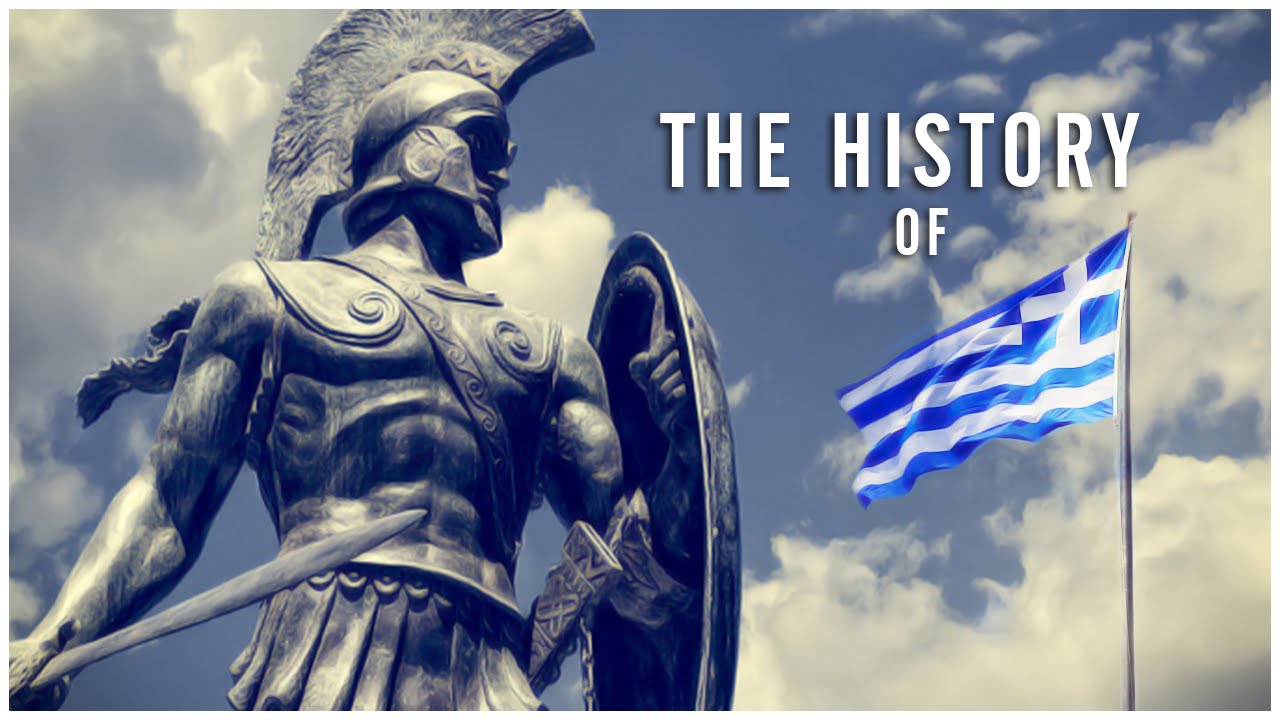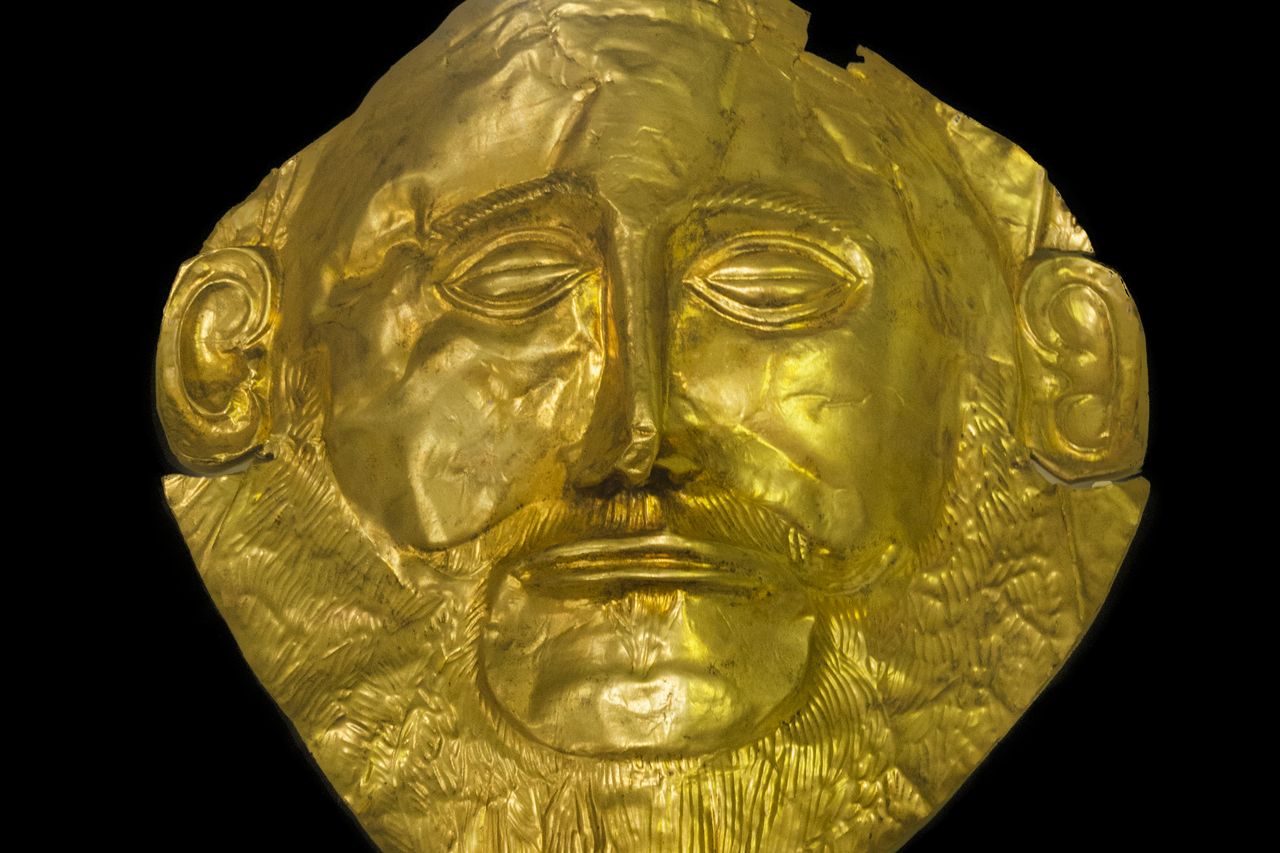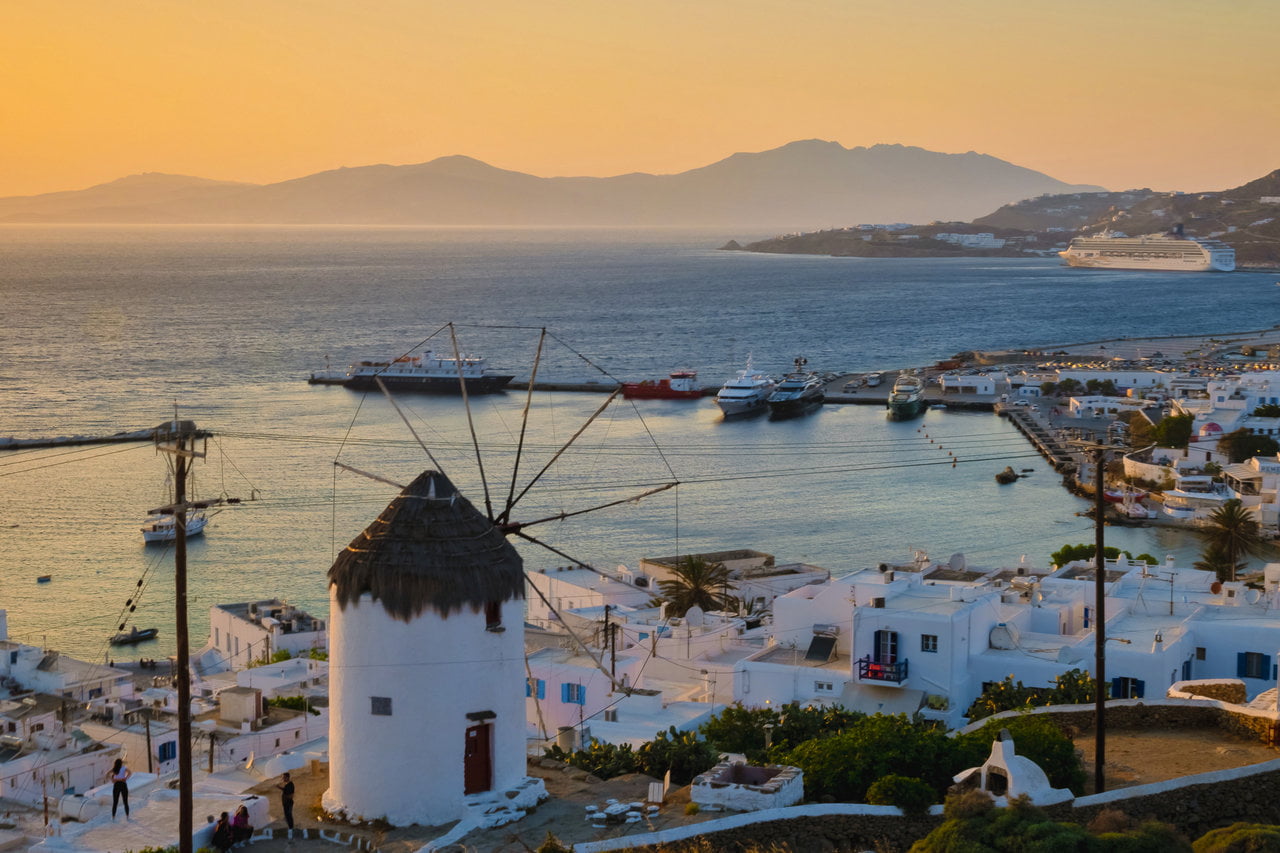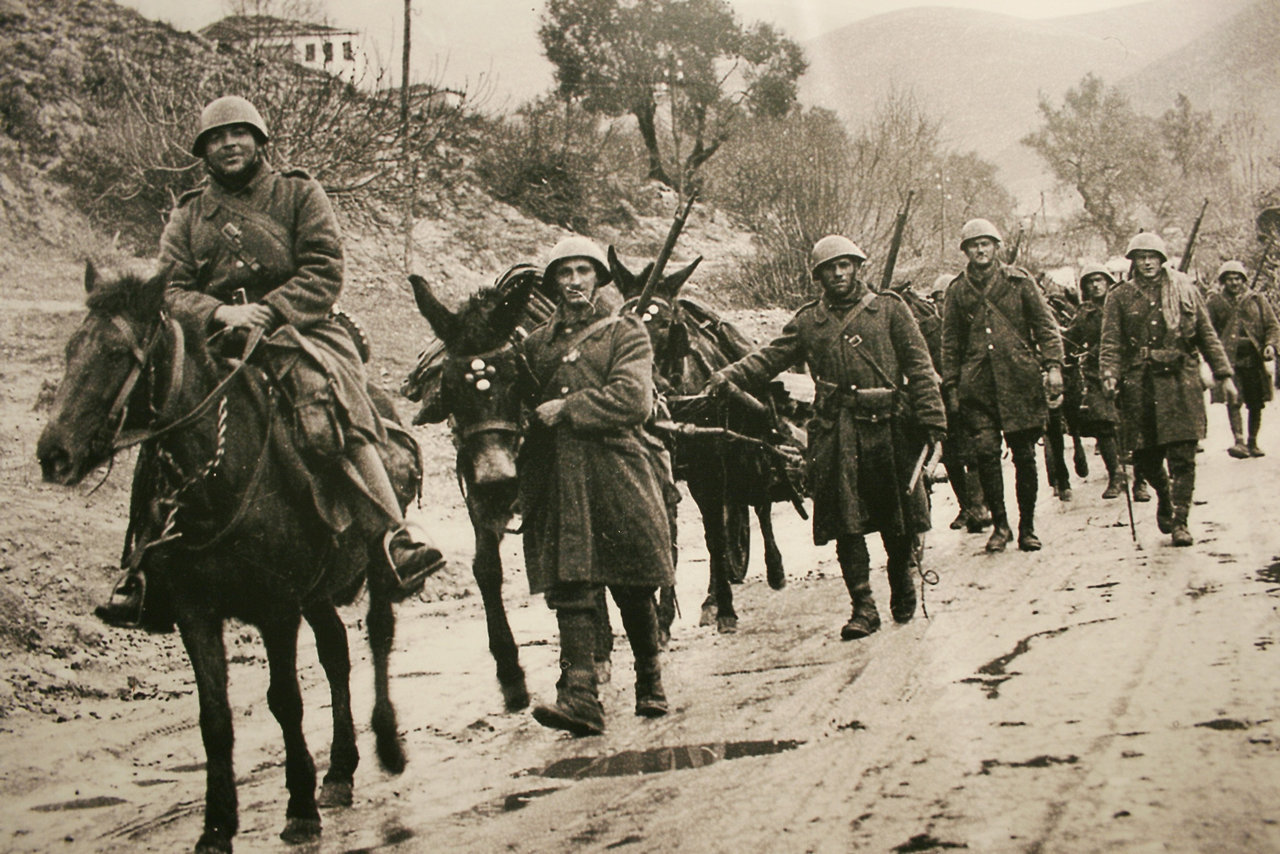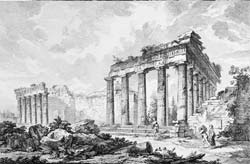Byzantium, Ottoman Rule, Greek Revolution, Balkan Wars
The historical narrative of Greece from the Byzantium and the Ottoman Conquest until today is a captivating journey filled with notable events and significant transformations that have shaped the Greece we know today. This period in Greek history is characterized by a dramatic shift in political, social, and cultural structures that have had far-reaching impacts on the Greek populace and the broader Mediterranean region.
The historical periods in this narrative, including the Byzantine Empire, the Latin Crusaders, the Ottoman Conquest, the Greek Revolution, the Balkan Wars, the World War era, the Greco-Turkish War and the Treaty of Lausanne have all played a significant part in shaping the Greece we see today.
Table of Contents

Byzantine Empire: 1,123 Years of History
The Byzantine Empire, originally the Eastern Roman Empire, played a pivotal role in preserving Greek history, language, and culture as the Western Roman Empire declined. With Constantinople at its heart, this empire was a major center of power, culture, and learning.
The Byzantine Empire, which began in 330 AD with the division of the Roman Empire by Emperor Constantine, maintained its influence in Europe well into the Middle Ages.
For many centuries, the Byzantine Empire cast a significant political and cultural influence over Greece, shaping its identity and leaving an indelible mark on its history. However, by the 14th century, the empire began to decline due to multiple invasions and attacks. This period was marked by political instability, economic hardships, and cultural shifts, all of which had profound impacts on Greek society and culture.
Byzantium stood as a bridge between the ancient world and the medieval era, ensuring the survival and continuity of Greek civilization in a changing world. The Byzantines made significant contributions to art, architecture, literature, and law. Byzantine art, particularly religious iconography, left a profound impact on religious art in both the East and West, influencing the aesthetics of the Orthodox Christian world.

Beyond its borders, the Byzantine Empire exerted influence through trade, diplomacy, and cultural exchange. Byzantine scholars preserved and translated ancient Greek texts, ensuring their survival and dissemination to the Western world during the Renaissance. Thus, Byzantium served as the custodian of Greek knowledge and culture, transmitting the legacy of ancient Greece to future generations.
Latin and Venetian Crusaders in Greece
The Latin and Venetian Crusaders arrived in Greece as part of the broader series of religious and military campaigns known as the Crusades, the primary goal of which was to reclaim Jerusalem and the Holy Land from Muslim rule. The Fourth Crusade (1202-1204), in particular, deviated from its original goal and led to the Latin presence in Greece.
The Fourth Crusade and the Venetian Agenda
The Fourth Crusade was launched by Pope Innocent III in 1202, calling for the reconquest of the Holy Land. However, the Crusaders’ partnership with the maritime Republic of Venice led to a shift in the campaign’s direction. The Venetians, under Doge Enrico Dandolo, steered the crusade toward Constantinople for their own economic and political gain.
The Sack of Constantinople and the Establishment of the Latin Empire
In April 1204, the Crusaders breached the walls of the city, leading to the infamous sack of Constanople. In the aftermath, the Latin Empire was established, with Count Baldwin IX of Flanders crowned as the first Latin Emperor. This event greatly altered the political landscape of Greece and the eastern Mediterranean.
Venetian Territories and the Duchy of the Archipelago
After the Fourth Crusade, Venice capitalized on the chaos and secured a number of territories, forming the Duchy of the Archipelago, also known as the Duchy of Naxos. This Venetian stronghold consisted of several Aegean islands and became a major hub for trade and military action.
The Latin and Venetian Impact on Greek Society
Latin and Venetian rule had a significant cultural, social, and economic impact on Greek society. The feudal system was introduced and the Catholic Church gained a foothold in a predominantly Orthodox region. This period was marked by a fusion of Western and Byzantine customs, art, and architecture.
Resistance and Byzantine Restitution
Throughout the Latin occupation, there was significant Greek resistance, which eventually led to the restoration of the Byzantine Empire in 1261. The recapture of Constantinople was orchestrated by the Empire of Nicea, one of the Byzantine successor states, under Emperor Michael VIII Palaiologos.
Legacy of the Crusaders in Greece
The Latin and Venetian Crusaders left a lasting legacy in Greece, from architectural influences to demographic changes. Their presence also reinforced Greek identity and the desire for self-government, contributing to the historical context that would later influence the struggle for Greek independence.
The Fall of the Byzantine Empire – Ottoman Conquest of Greece
The weakening of the Byzantine Empire was a gradual process, characterized by political instability, economic decline, and social unrest. Frequent attacks and invasions by foreign powers, coupled with internal strife, led to the eventual collapse of the empire.
The fall of the Byzantine Empire in 1453 marked a significant turning point in Greek history. It signaled the end of Greek dominance in the Eastern Mediterranean and ushered in a new era of Ottoman rule. Despite these challenges, Greek culture and society managed to endure and adapt, ensuring the survival of Greek identity despite the political upheaval.
The last Byzantine Emperor was Constantine XI Palaeologos (link), and his final stand against the Ottomans has become a legend within Greek culture.
Parts of Greece, however, remained under Venetian rule. The island of Crete in particular was conquered almost 200 years after Constantinople. Chania was conquered in 1645, but Heraklion (formerly known as Candia) was the last city in Greece to fall to the Ottomans. It endured a prolonged siege of 21 years from 1648 to 1669 before finally surrendering, marking the end of Venetian rule in Crete and the completion of the Ottoman conquest of the island.
The Ottoman Rule
Under Ottoman rule, Greek society underwent significant changes, with the emergence of new elites and the imposition of heavy taxation. The “tribute of children” policy, which required Christian communities to give up their sons to serve in the Ottoman military, had a profound impact on Greek families and communities. These sons were forcibly converted to Islam and served as elite troops or civil servants. This policy, along with the heavy taxation, was a source of resentment among the Greek populace and contributed to the growing desire for independence.

The emergence of new elites in Greek society under Ottoman rule marked a shift in the social hierarchy. Wealthy Greek families who collaborated with the Ottomans were able to maintain their affluent status, while the majority of the population struggled under the burden of heavy taxation. Despite these challenges, Greek society managed to endure and adapt, laying the groundwork for the eventual fight for independence.
Sociopolitical Structure under Ottoman Rule
Under Ottoman rule, the social and administrative organization was deeply hierarchical, and it was characterized by a system in which the ruling class was predominantly Muslim, while the majority of the population, including the Greeks, remained largely Orthodox Christian. The Ottomans allowed a degree of religious autonomy within this structure; the Greek Orthodox Church was allowed to continue its religious practices and became a key institution for the preservation of Greek culture, education, and tradition.
Economic Dynamics in Ottoman Greece
Economically, the situation of the Greeks varied. While some Greeks prospered, becoming middlemen in trade and even part of the local administration (known as Phanariots), many others were peasants working the land under difficult conditions, facing heavy taxation and social restrictions.
Cultural Resilience and Identity
Culturally, the Greeks retained their language and traditions. Despite the suppression of political sovereignty, the expression of Greek identity through the church, education, and literature continued, often reinforcing the sense of a distinct national identity.
Administrative practices and the millet system
The Ottomans administered their empire through a system called the millet, which allowed for a degree of self-government within each religious community. For the Greek population, this meant that their leaders were often appointed from within their own ranks, usually with the blessing of the Ottoman authorities. This system helped preserve Greek cultural and religious life, but it also contributed to a stratified society.
Resistance and the Road to Independence
Throughout Ottoman rule, there were sporadic uprisings and acts of resistance among the Greek population. These were typically local and isolated events until the turn of the 19th century, when the idea of a unified Greek nation began to take hold.
Rise of Greek Nationalism
The rise of Greek nationalism in the late 18th century can be attributed to a confluence of intellectual, political, and social factors that collectively stirred the national consciousness of the Greek people.
Intellectual influences:
The Enlightenment, with its emphasis on reason, individualism, and the questioning of traditional authority, greatly influenced Greek intellectuals. These ideas, which spread throughout Europe, found fertile ground in the Greek world, where education and a rich historical heritage inspired a reexamination of identity. Many Greeks began to reflect on their ancient heritage and the glories of Classical Greece and Byzantium, contrasting this with the state of subjugation under Ottoman rule.
Economic and Social Dynamics:
Economic changes also played a role. Increased trade and prosperity, especially among the merchant class, fostered a sense of self-confidence and a desire for political representation and autonomy. Greek communities, spread across the Mediterranean and linked by trade and the Orthodox Church, began to cultivate a stronger collective identity.
Religious and Cultural Identity:
The shared religious identity of the Eastern Orthodox faith was another unifying factor that fostered nationalism. The Greek Orthodox Church became the guardian of Greek culture and language during Ottoman rule, providing a sense of continuity and community.
Influence of foreign powers:
The Russo-Turkish Wars brought the possibility of liberation from Ottoman rule into the realm of possibility. The intervention of Russia, which shared the Orthodox Christian faith with the Greeks, was particularly significant. Russian victories over the Ottomans inspired Greeks with the hope that Russian expansion might lead to their own liberation, or at least greater autonomy.
Revolutionary Activity:
The revolutionary fervor of the age, exemplified by the American and French Revolutions, also played a significant role. These revolutions proved that a determined people could overthrow an oppressive regime and establish a nation based on the principles of freedom and democracy.
Philhellenism:
Support from outside Greece, known as philhellenism, also contributed to the rise of Greek nationalism. Western Europeans, influenced by the romantic ideals of the time and admiration for ancient Greek culture, supported the Greek struggle both ideologically and materially.
In summary, the rise of Greek nationalism in the late 18th century was multifaceted, driven by Enlightenment ideals, a burgeoning national consciousness based on historical heritage and religious unity, socio-economic changes, external influences, and the successful revolutions in other parts of the world. This period set the stage for the Greek War of Independence, which began in 1821 and eventually led to the establishment of a sovereign Greek state.
Greek Revolution and the Fight for Independence

The Greek War of Independence, also known as the Greek Revolution, was a pivotal conflict that took place from 1821 to 1830. This war marked the struggle of the Greek people to gain independence from the Ottoman Empire, a power that had ruled Greece for nearly four centuries.
Roots of the Revolution
The seeds of rebellion had been sown for many years, with the oppression of the Greek people under the Ottomans serving as a major catalyst. The ideas of the Enlightenment and the successful American and French revolutions inspired Greek intellectuals and common people alike, fostering a desire for liberation and national sovereignty.
The Uprising Begins
The official beginning of the revolution was celebrated on March 25, 1821. Efforts to coordinate the uprising had been underway for years, led by secret organizations such as Filiki Eteria, which conspired to unite Greeks against Ottoman rule. The initial uprisings were localized, but they quickly spread throughout the Peloponnese and other regions.
Major battles and sieges
Several key battles defined the Greek struggle. The siege of Tripolitsa in September 1821, the battle of Dervenakia in 1822, and the naval battle of Navarino in 1827 were turning points that turned the tide of battle in favor of the Greeks. The bravery and sacrifice of the Greek revolutionaries during these battles became legendary.

International support
The Greek cause garnered considerable sympathy from abroad. Prominent figures such as Lord Byron of Britain were inspired to support the revolution, both through advocacy and direct participation. In addition, the European powers of Britain, France, and Russia eventually intervened militarily, leading to the decisive Battle of Navarino, which all but assured Greek victory.
The Road to Independence
After a decade of fighting, the struggle began to bear fruit. The Protocol of London was signed by the European powers in 1830, establishing Greece as an independent, sovereign state. This was solidified by the Treaty of Constantinople of 1832, which officially ended the war and recognized Greek independence by the Ottoman Empire.
Diplomatic agreements defined Greece’s borders and degree of independence, leading to the establishment of the first independent Greek state. Prince Otto from Bavaria was appointed as the first king of Greece, symbolizing the newfound sovereignty of the country.
The borders established in 1832 did not include all of the lands that are now part of modern Greece. The Kingdom of Greece was originally much smaller. The 1832 borders included:
- the Peloponnese peninsula
- part of central Greece
- and some islands in the Ionian and Aegean seas
Large areas with Greek populations, such as Thessaloniki, Crete, Epirus, and the rest of the Aegean islands, remained under Ottoman rule.
The final stronghold of the Ottomans was the island of Crete, which remained under Ottoman control until the end of the Cretan Revolt (1866–1869) and was formally ceded to Greece after the Greco-Turkish War in 1897, with the conclusion of the Treaty of Constantinople in 1913.
Aftermath and Significance
The newly formed Greek state faced many challenges, including political instability and economic reconstruction. Nevertheless, the successful liberation of Greece served as an inspiration for other Balkan states to seek their own freedom from Ottoman control. The Greek War of Independence was a significant event in the decline of the Ottoman Empire and the rise of nation-states in Europe.
Involvement in the Balkan Wars

Greece’s participation in the Balkan Wars marked another significant phase in its history. The first Balkan War saw the combined forces of Greece, Serbia, Bulgaria, and Montenegro successfully pushing back the Ottoman Empire, leading to significant territorial gains.
However, the aftermath of the war sparked disagreements over the distribution of the newly acquired territories, leading to the second Balkan War. Despite the internal conflicts and disputes, the Balkan Wars resulted in significant territorial gains for Greece, including the important regions of Macedonia and Epirus.
- Read more: Balkan Wars
Greece during World War 1 and the Greco-Turkish War
World War 1 presented a series of challenges for Greece, particularly in terms of territorial disputes and alliances. The war also exacerbated political divisions within Greece, leading to a period of political instability and social unrest.
Greece officially entered World War I in June 1917, although the country had been informally involved since 1914. The disagreement between King Constantine, who favored neutrality, and the pro-Allied Prime Minister Eleftherios Venizelos led to the National Schism, the division of the state between two rival governments. Eventually, Greece united and joined the Allies in the summer of 1917
The Greco-Turkish War that followed World War 1 further destabilized Greece and had a significant impact on the country.
The Destruction of Smyrna and the Population Exchange
One of the most significant events in the early 20th century Greek history is the destruction of Smyrna during the Greco-Turkish War in 1922. Smyrna, a city with a rich multicultural heritage, was razed to the ground, leading to the tragic displacement of its Greek and Armenian populations.
The war ended with the Treaty of Lausanne, which defined the borders between Greece and Turkey and recognized the sovereignty of the Republic of Turkey.
- One of the most significant impacts of the treaty was the mandatory population exchange between Greece and Turkey.
- This exchange was based on religious identity, with Greek Orthodox Christians residing in Turkey relocated to Greece, and Muslims in Greece relocated to Turkey, irrespective of their linguistic or ethnic background.
- This led to the uprooting and resettlement of approximately 1.5 million Greek Orthodox Christians from Turkey and around 500,000 Muslims from Greece.
This displacement and resettlement process was fraught with challenges and hardships, as both nations struggled to integrate the incoming populations. The population exchange resulted in significant demographic changes and had a profound impact on the social fabric of both countries.
Read more:
Read more:
